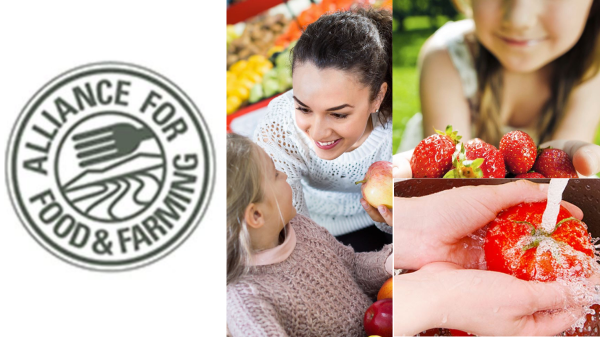January 30, 2024 — Today, the U.S. Department of Agriculture (USDA) released its Pesticide Data Program (PDP) report focused on 2022 sampling results and it’s more good news for consumers about the safety of fruits and vegetables.
The PDP report shows that over 99% of all foods sampled had residues well below Environmental Protection Agency safety standards, if residues were present at all.
These findings are consistent with previous years and confirms the outstanding level of compliance among farmers with pesticide use laws and regulations to protect farm workers, the environment, and consumers as well as how safe our fruits and vegetables are.
According to USDA: “Based on the PDP data, consumers can feel confident about eating a diet that is rich in fresh fruits and vegetables.”
More from the USDA about the PDP:
“USDA uses the data to better understand the relationship of pesticide residues to agricultural practices and to implement USDA’s Integrated Pest Management objectives. USDA also works with U.S. growers to improve agricultural practices and to facilitate the adoption of integrated pest management techniques, including judicious use of pesticides, throughout the food supply chain.
“The PDP provides high-quality, nationally representative pesticide residue data that contribute to the information available to help ensure consumer confidence in the foods they provide to their families.”
As we at the Alliance for Food and Farming celebrate this very positive report, we also continually lament the lack of media and public attention on these results over the years, which is concerning since this is a comprehensive program with an emphasis on ensuring the safety of foods consumed by infants and children.
Over the coming weeks, the Alliance for Food and Farming will do our best to share the USDA PDP results in our efforts to support consumer choice when purchasing produce.
Because consumers need this information. AFF research showed that almost 80% of consumers surveyed found the USDA PDP report results made them confident about the safety of produce. Seventy eight percent of consumers also agreed “that government regulations and other food safety efforts are working well to protect public health.”
Why is reassuring consumers about produce safety so important? Because only one in 10 of us eat enough of these nutrient-dense foods every day, according to the Centers for Disease Control. And, peer reviewed research has shown that safety fears perpetuated by certain groups are among the barriers to increased consumption.
Consumers should have access to truthful and credible information about produce safety so they can make the right shopping choices for themselves and their families. The lack of attention to the USDA PDP report increases our vulnerability to disinformation from groups who benefit from promoting safety inaccuracies about the more accessible and affordable fruits and vegetables.
Learn more about the safety of all produce at safefruitsandveggies.com and @safeproduce.
This update was distributed by the Alliance for Food and Farming.
For more information, please contact:
Teresa Thorne: tthorne@foodandfarming.info



